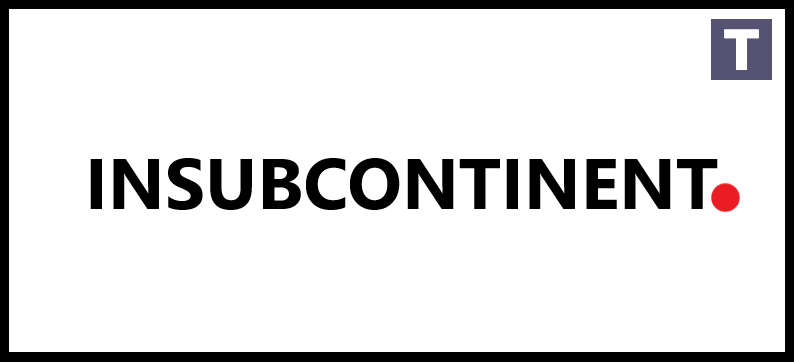INSUBCONTINENT EXCLUSIVE:
Medium CEO Tony Stubblebine announced on Friday that the publishing platform has remained profitable since August of last year, when it
first achieved this milestone
In the post, Stubblebine detailed what it took to achieve this goal, which involved a combination of product changes, an investor
restructuring, renegotiated loans, unloading office space, layoffs, and other difficult cost-cutting measures.His post offers a deep dive
into what it takes for a startup to achieve a turnaround and the tough choices that have to be made.According to Stubblebine, the company
was losing $2.6 million per month when he joined in 2022
It was also losing subscribers, was out of investor funding, and lacked an acquirer.He said that left the company with only one choice:
subscription any writer could share in
The company had also experimented with bringing on high-quality professional editorial content, which Stubblebine said began to draw
Stubblebine had to dig the company out of that hole, he said
On the product front, Medium introduced a way to add human expertise to recommendations with Boost, changed its Partner Program incentives
to reward thoughtful writing, and added a Featuring tool that allowed publications to curate and promote other stories of interest.In terms
of the finances, Medium owed $37 million in loans, and its investors held an additional $225 million of liquidation preferences (meaning the
investors would get their money back before employees saw returns)
Its governance was also overly complex and required getting investor approval from across five separate tranches before making major company
decisions.To correct these problems and right the ship, Medium renegotiated its loans, eliminated its liquidation preferences, and
simplified its governance to just one tranche of investors
It also sold off two of its acquisitions and closed down a third
was to convert their loans into equity or management would walk, and then to create enough ownership for them by going to the rest of the
Six out of some 113 investors participated in the recap, where the investor stakes were diluted and special rights like liquidation
preference and governance roles were given up
(He also shouted out to VCs who were easy to work with as partners, including Ross Fubini at XYZ, Mark Suster at Upfront, Greylock, Spark,
which cut its cloud costs from $1.5 million to $900,000
It also eventually got out of an office lease that saw it paying $145,000 per month for a 120-desk office space in San Francisco
We are profitable and they are not

